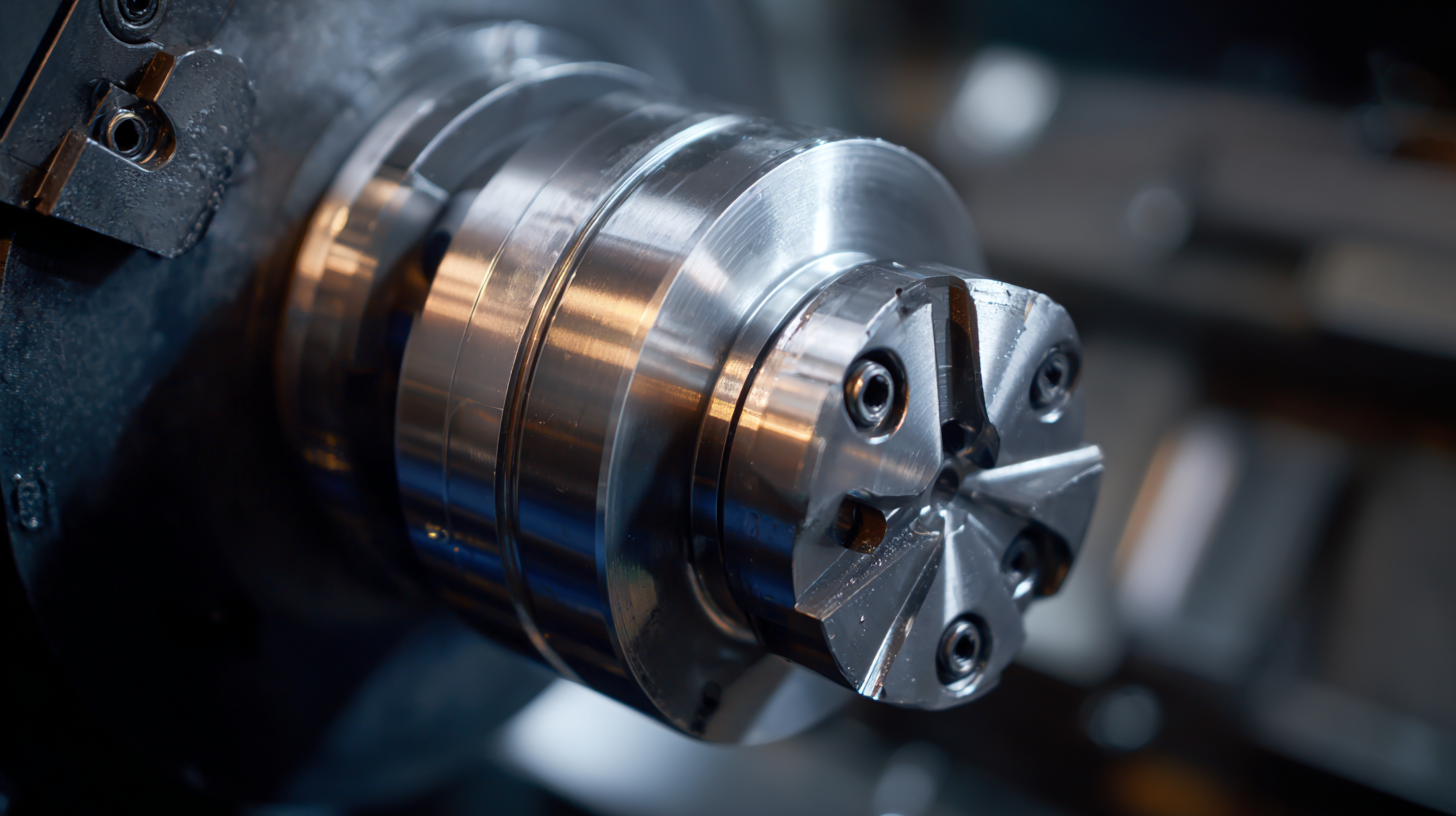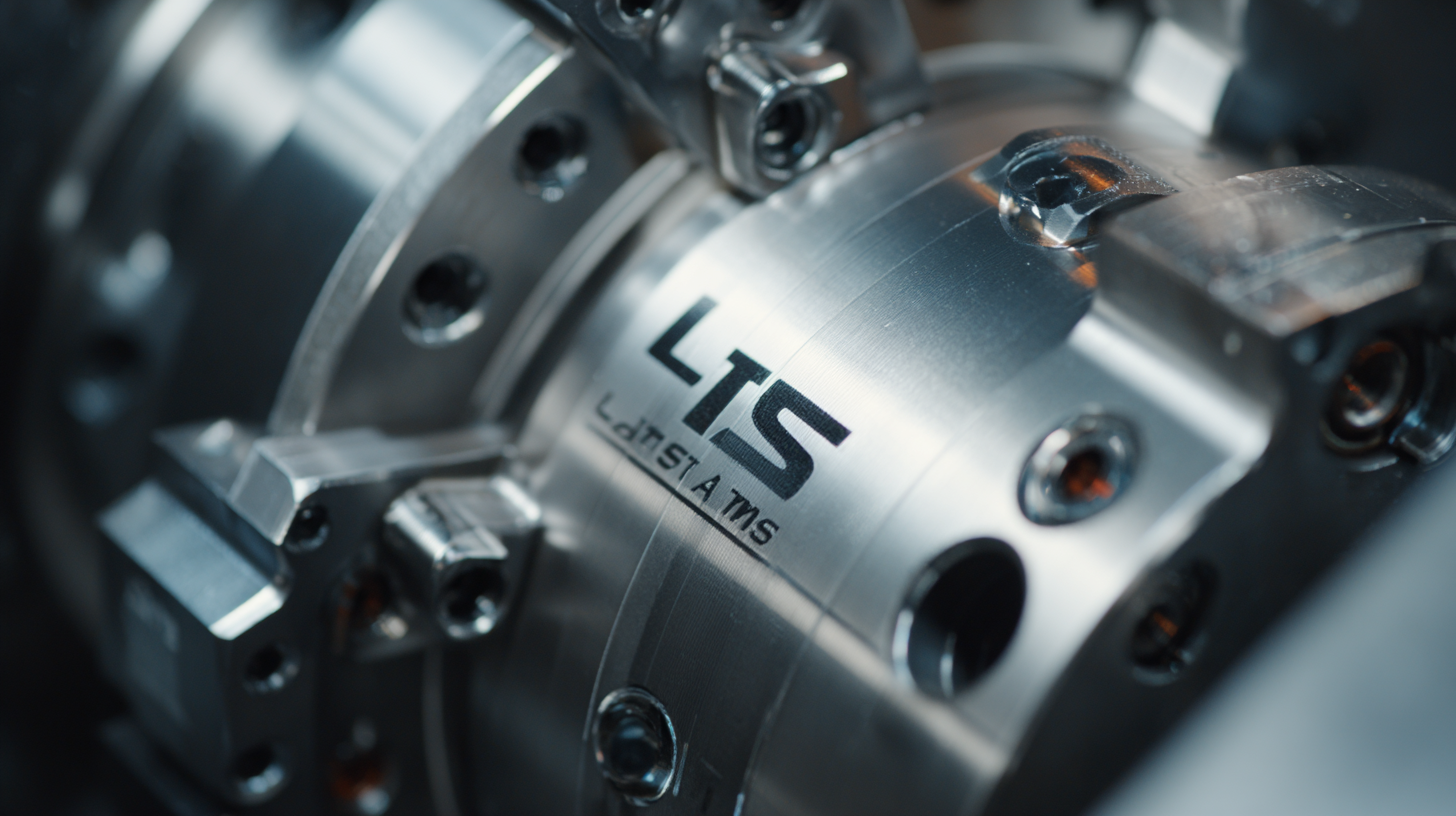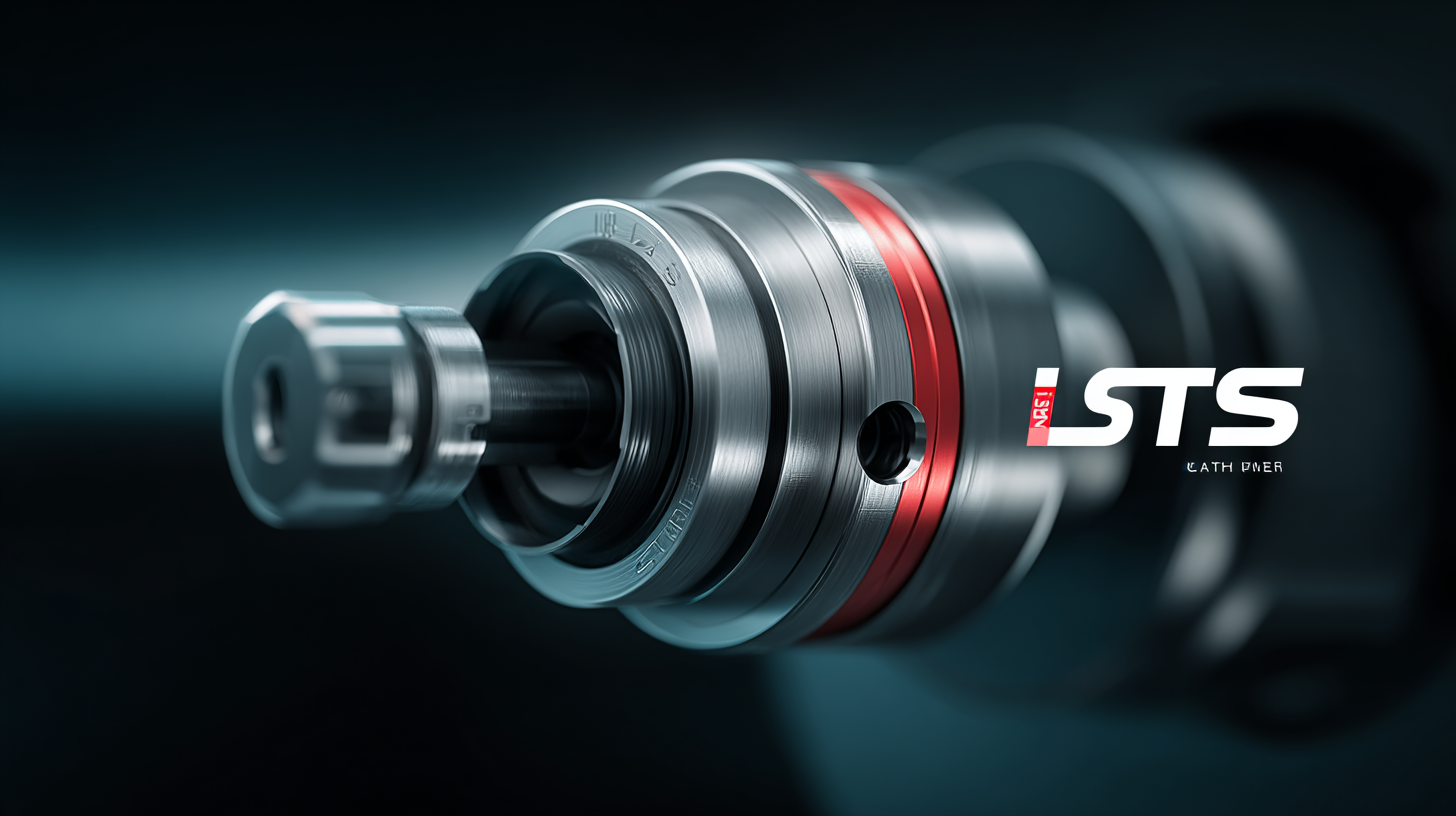Leave your message now to get your free sample and discount price
Leave your message now to get your free sample and discount price
 In the ever-evolving landscape of manufacturing, precision becomes paramount, especially when it comes to machining processes that demand accuracy and efficiency. A key player in achieving this precision is the Lathe Insert, a crucial component that significantly influences the quality of machined parts. This blog delves into the technical specifications and performance data of the best lathe inserts on the market, exploring how these tools not only meet industry standards but also enhance productivity.
In the ever-evolving landscape of manufacturing, precision becomes paramount, especially when it comes to machining processes that demand accuracy and efficiency. A key player in achieving this precision is the Lathe Insert, a crucial component that significantly influences the quality of machined parts. This blog delves into the technical specifications and performance data of the best lathe inserts on the market, exploring how these tools not only meet industry standards but also enhance productivity.
Additionally, we will discuss the essential import and export certifications that govern the use of lathe inserts in global markets, ensuring that manufacturers adhere to quality and safety regulations. Through this comprehensive tutorial, readers will gain valuable insights into selecting the right lathe inserts, ultimately unlocking the full potential of their manufacturing processes.
In the realm of precision manufacturing, understanding lathe inserts is crucial for optimizing performance and achieving high-quality outputs. Lathe inserts are essential components utilized in CNC machines for metal cutting and forming applications. They come in various types, including coated and uncoated options, each designed to meet specific machining requirements. By selecting the appropriate lathe insert, manufacturers can enhance the efficiency and accuracy of their machining processes, enabling them to produce intricate components with minimal waste.
The advancements in lathe insert technology have significantly impacted manufacturing practices. With the continuous development of indexable cutting tools, the emphasis has shifted towards tools that not only offer durability but also improve sustainability in machining operations. Innovations such as coated carbide inserts dominate the market, making up a sizeable share due to their efficiency in reducing friction and heat generation during cutting. These developments allow manufacturers to tackle complex machining tasks while maintaining cost-effectiveness and environmental responsibility. Understanding the various types of lathe inserts and their applications is vital for manufacturers aiming to unlock precision and elevate their production capabilities.
When selecting the right lathe insert for precision manufacturing, understanding key technical specifications is critical. Factors such as the insert material, coating, geometry, and size play a pivotal role in the performance and longevity of cutting tools. For instance, carbide inserts are renowned for their hardness and wear resistance, making them ideal for high-speed operations. Meanwhile, coated inserts can enhance performance by reducing friction and improving edge retention under extreme conditions.

Geometry also significantly impacts cutting efficiency and surface finish. Inserts can have different shapes, such as square, triangular, or round, each tailored for specific applications. The cutting edge angle is another consideration; a positive rake angle can reduce cutting force and improve chip removal, while a negative rake angle typically adds strength for tougher materials.
By carefully evaluating these technical specifications, manufacturers can unlock enhanced precision and productivity, ensuring their operations are both efficient and cost-effective.
Evaluating lathe insert efficiency is crucial for manufacturers aiming to enhance precision and productivity. Key performance indicators, such as tool life, chip formation, and surface finish, provide valuable insights. According to a recent report by the Metalworking Manufacturing & Production Association, optimizing these parameters can lead to a 20% increase in tool life and a 15% improvement in machining accuracy. Monitoring the wear patterns and surface characteristics of lathe inserts allows manufacturers to make informed decisions regarding tool selection and application settings.
Tips for improving lathe insert efficiency include employing a systematic approach to performance evaluation. Regularly analyzing cutting data, like speed and feed rates, helps identify optimal conditions for specific materials. Additionally, leveraging advanced technologies, such as cutting-edge simulation software, can predict how different insert geometries will perform, minimizing trial-and-error in the manufacturing process.
Furthermore, staying updated on industry benchmarks is essential. Reports indicate that inserts made from ceramic and CBN materials often outperform traditional carbide in high-speed applications. By understanding the capabilities and limitations of various insert types, manufacturers can align their tool choices with their production needs, ultimately unlocking better precision and efficiency in manufacturing operations.
| Insert Type | Material | Coating Type | Insert Geometry | Cutting Speed (m/min) | Feed Rate (mm/rev) | Tool Life (min) | Efficiency (%) |
|---|---|---|---|---|---|---|---|
| CVD Coated | Carbide | CVD | RP (Regular Profile) | 120 | 0.25 | 45 | 95 |
| PVD Coated | Cermet | PVD | RP | 100 | 0.20 | 50 | 90 |
| Ceramic Insert | Ceramic | None | CP (Chipbreaker) | 150 | 0.15 | 60 | 85 |
| High-Speed Steel | HSS | None | FP (Flat Profile) | 80 | 0.30 | 30 | 75 |
In recent years, the development of innovative materials and coatings for lathe inserts has significantly enhanced machining performance, particularly in challenging environments. A key advancement is the creation of self-lubricated textured tools, which have demonstrated impressive results in the dry turning of aluminum alloys. By incorporating advanced materials and surface textures, these tools minimize friction and wear, thereby extending tool life and improving surface finish. This innovation not only elevates productivity but also addresses growing demands for sustainable machining processes by reducing the reliance on cutting fluids.
Furthermore, research into novel coatings, such as tungsten disulfide soft coatings, further amplifies the cutting performance of carbide tools. The integration of these soft coatings with laser surface texturing fosters a synergistic effect, leading to enhanced efficiency during machining operations. This is particularly crucial in demanding applications like the turning of difficult-to-machine materials such as Inconel 713C. The exploration of these advancements underscores a pivotal shift toward high-performance, environmentally friendly machining solutions that cater to the evolving needs of the manufacturing industry.
When it comes to maximizing manufacturing precision, the right usage of lathe inserts is paramount. Understanding the various types of inserts and their specific applications can greatly enhance the quality of your workpieces. One key practice is to always match the insert material with the material of the workpiece. For example, using carbide inserts for hard metals can achieve better surface finishes and longer tool life.
Another important tip is to maintain the correct cutting parameters. Optimal feed rates and cutting speeds can prevent excessive wear on the inserts and reduce the risk of defects. Always refer to the manufacturer’s performance data to determine the ideal settings specific to your machining environment. Additionally, regular monitoring of insert condition is crucial; replace worn or chipped inserts promptly to maintain consistency in production quality.
Finally, experiment with different geometries and coatings of lathe inserts. Each combination can provide unique advantages, such as improved chip control or better heat resistance. Customizing your insert selection based on specific project requirements can lead to enhanced efficiency and precision in manufacturing. By following these best practices, you can unlock the full potential of lathe inserts and achieve exceptional machining results.

